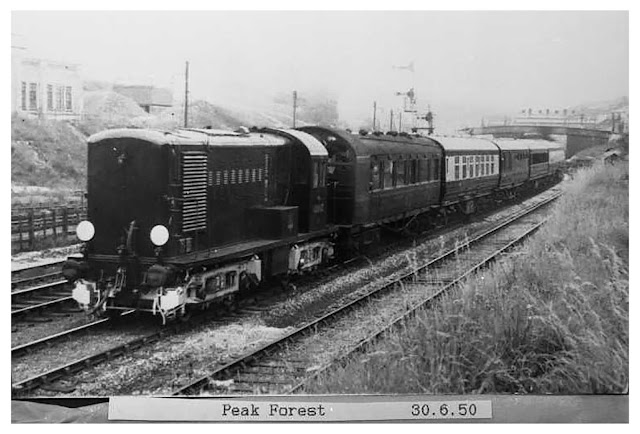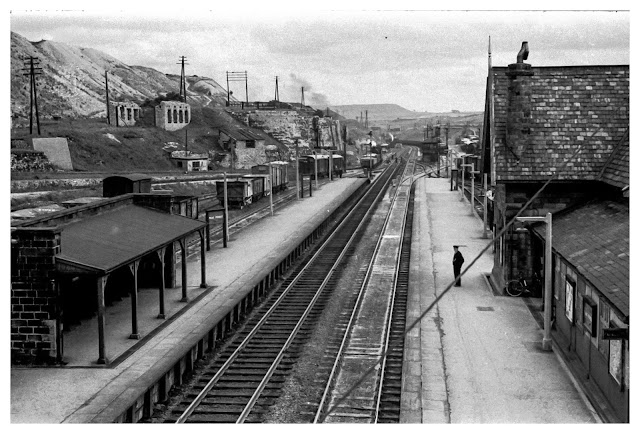Dear Friends,
I am sure you will all be
very glad to know that the CRT has confirmed that a footbridge will
be installed at the Toddbrook Feed Weir. This will be required to
allow their staff to service new flow control systems which are now
recognised as essential after the recent near disaster. The CRT has
said that the footbridge will normally be available for the Public to
use to cross the weir.
This is excellent news and
it is a culmination of all my frustrated efforts of nearly 3 years,
starting in January 2015, of negotiation with the CRT to allow a
footbridge to be manufactured and installed. But after 3 years of
prevarication and procedural opposition I had to give up when the CRT
approval costs exceeded the cost of the footbridge and the subsequent
conditions imposed by the CRT would have required the Community to
provide an incalculable fund (£100-200K?) to cover 60 years or more
of various imagined liabilities.
The solution was always
that the CRT should simply own the footbridge as it should endorsed
and underwritten by the Public Benefit ethos of the CRT Constitution
and for the CRT to accept whatever liabilities the new footbridge
might bring along with those of the many thousands of ancient
footbridges that the CRT already owns.
So there will be a
footbridge at the weir. All our efforts were not in vain, in fact,
after the Dam disaster I received a verbal apology in December 2019
from by a very senior CRT manager who acknowledged that the “the
CRT had treated us very badly”. The petition with nearly 400
signatures is a strong measure of Community support, plus all the
footpath preparation work to avoid the low boggy ground, and
especially the generous permission by the owners of Gap House to
permit public use of a short path to reach the official PROW paths on
their land. This was agreed at the outset in 2015, without it there
would have been no point in the Project both then and now.
The bridge will be made of
metal and will meet all the required specifications that the Trust
will apply to cover the safety of their staff and any equipment
needed to service the new weir controls. At last it will provide a
safe and predictable weir crossing to connect the scenic Toddbrook
valley into the extensive public footpath network. We have waited
many years for this.
The existence of the ‘dry
crossing’ can still be associated with David Frith as originally
intended. However the bridge itself exists as a necessary engineering
component of the new sluice works rather than a memorial specifically
to David. Perhaps there could be a simple commemorative post nearby
which the CRT might allow ? I rather hope it will become known
affectionately as “Frith’s Bridge” as David Brown of PNFS has
suggested, I think David would have liked that. The footbridge will
provide the much needed predictable means of crossing the Todd at the
weir. It will enable pleasant access to many existing PROW footpaths
with relative ease.
The new bridge would in
addition enable a potential ‘round the reservoir’ route but a new
quite complicated path over a mile long would have to be devised and
constructed. This route could not be flat or as benign as the
existing reservoir path as some people hope it might be. From a
preliminary survey it has to cross various walls, hedges and fences,
it needs 1 or 2 additional footbridges and some drainage, also steps
on a steep bank and certain other places. It has to climb high above
the weir because it is impossible to hug the reservoir at that end.
It could then reach the bridge by use of the existing PROW paths. The
first half mile from the Dam (or a bit more) could run on CRT land
which would simplify the problems somewhat. But further on
negotiations would be required with 2 or 3 different landowners and
two Authorities.
It is a Project in its own
right involving approval by several authorities. There could be
environmental protection issues, Woodland Trust and SSSI. It will
have quite high organisational costs, plus material and transport
costs but it will be enabled by the new footbridge and it is quite
feasible.
However I am convinced
that the top water level of this ‘High Risk’ reservoir should be
lowered permanently by at least 1.5m. in order to relieve the
pressure and loading on the 180 year old dam seriously damaged both
in 1970 and 2019. This will increase the safety for the school and
town considerably. This should happen for fundamental safety reasons
alone, but it has a secondary minor consequence. The exposed margin
of the lowered reservoir could then be exploited to provide a much
more simple, open and benign route for most of the ‘circular’
path and this would eliminate some (but not all) of the difficulties
and costs mentioned previously.
With kind regards,
Graham 9 March
2021














